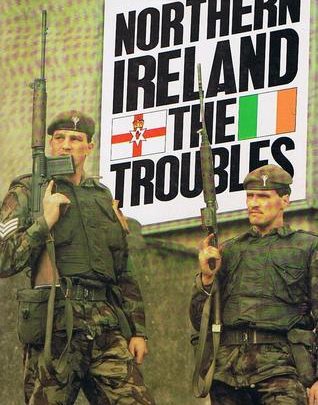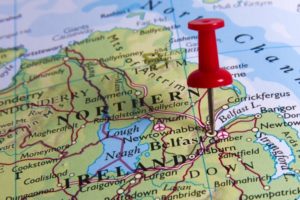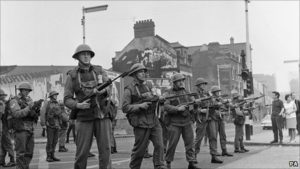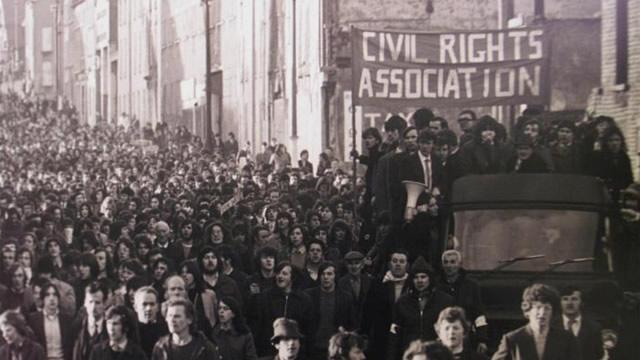
The ethno-nationalist conflict in Northern Ireland began in the 1960’s, and ended in 1988 with the Good Friday Agreement. In the interim, there were hundreds of civilian and military deaths on both sides. The resolution of the conflict included various civil uprisings, and ended in a peaceful agreement. Here, we explore the background and conflict, leading up to the Good Friday Agreement.
Pre-Conflict & Conflict
Hundreds of years ago, the lands of Ireland came under British control. As a consequence of the process, both English and Scottish nationals were encouraged to settle in parts of Northern Ireland. The native Irish were primarily Catholic, while the large majority of the settlers practiced Protestantism.

In 1920, the British divided Ireland, granting independence to most of the country, while keeping Northern Ireland as a part of the United Kingdom. In Northern Ireland, however, around 40% of the population were Irish Nationalists. This group inevitably wanted independence from Britain. In turn, their official state differed from their national allegiances.
By the 1960’s, leaders of the ruling Protestants routinely discriminated against the Catholic nationalist minority. The state responded to uprisings with (sometimes deadly) force, and within the Catholic community, people used violence to campaign against British rule and to end the partition of Ireland. This Catholic partitionist group were referred to as “The Republicans”.
 Because of the ongoing discontent, in 1969 British troops were sent to restore order in Northern Ireland. The August Riots of 1969 were a series of uprisings by various Irish separatist factions, including those which would ultimately be involved in the peace processes.
Because of the ongoing discontent, in 1969 British troops were sent to restore order in Northern Ireland. The August Riots of 1969 were a series of uprisings by various Irish separatist factions, including those which would ultimately be involved in the peace processes.
The years between 1970 and 1972 marked the most volatile in the Northern Ireland conflict, where hundreds died as a consequence of political violence. Nearly half of all lives lost during this period were civilians. In 1972, the British government officially suspended the Northern Ireland Parliament, imposing direct rule from London. This move heightened tensions all the more, and “The Long War” began.
The same year marked the stance of the Provisional Irish Republican Army’s official discontent with the British involvement, and would stop nothing short of full British withdrawal and Irish unification. The group gained traction after the introduction of internment (jailing without due process).

An incident in 1972- dubbed “Bloody Sunday” further heightened tensions between the two groups, when British soldiers shot 28 unarmed protesters, killing 13. This event was highly publicized, and painted the British as the aggressors. Secret peace talks between the IRA and the British government collapsed. This led the Irish opposition to end British presence in the region through a war of attrition. This move, piqued with bouts of violence and death, cornered the two parties in to finding a lasting peaceful solution.
Graphics courtesy of Google Images



